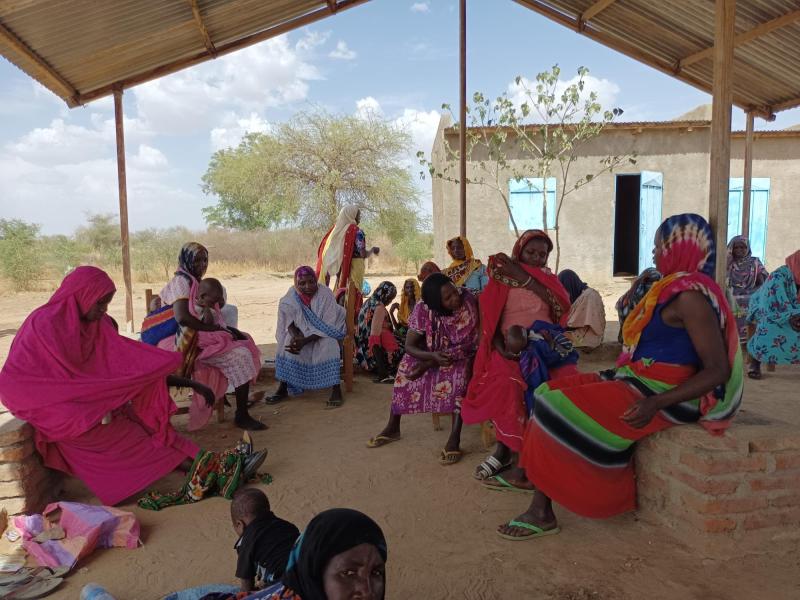What happened when resilience-building projects closed: Stories of change from Chad
Retrospective learning and resilience-building in Chad – what happened five years after a project introduced climate-smart agriculture?

The contribution to resilience of projects can only be seen in the medium term, long after the projects have closed, which means investments in climate change adaptation and climate resilience are being made with too much guesswork – very little learning takes place after projects have closed.
Because of this we know little about how their theories of change work out, almost nothing about their medium to long-term impacts, thus we learn little about how best to support resilience.
We wanted to discover what happened to a project that introduced climate-smart agriculture from 2015 to 2017 in the five years after it closed.
We looked at technical and institutional innovations introduced by the project, and how people managed these when left on their own, to draw lessons for future similar initiatives.
We visited eight villages in Dar Sila, eastern Chad, where we spoke to women and men (separately) about their experiences with the innovations introduced, and visited local markets to see how agricultural innovations had affected supplies in markets.
Lessons were drawn from six (selected) project components: (1) agricultural extension for climate-smart agriculture, (2) groups for vegetable or market gardening, (3) community grain banks for an informal safety net, (4) rural resource centres, (5) women’s life-skills training, (6) village early-warning committees.
Findings
The project seems to have been well implemented: the relationship between the NGO and the villagers had been good; and the project overall had clearly had a positive impact, including in areas we did not study. However, some failures were predictable, as old lessons about rural development are being ignored.
Interventions worked best when they helped people to better what they were already doing.
What succeeded and what has lasted is activity where the project works with the grain of local institutions.
Where the project brought in (familiar) development blueprints for what outsiders imagine is community development — such as collective growing of vegetables — their ideas were quietly dropped once the project ended.
Policy implications
Changes that match local people’s ways of thinking and behaving are more likely to take root. Care is needed before leaping to radical, ‘transformative’ change.
Interventions should focus on facilitating change and learning. Improving people’s ability to source and use new information is more important than providing specific technical packages, which should not be the primary design consideration.
Working together with local people requires trust. Intervention design should avoid demanding more trust than can reasonably be expected. Similarly, change requires confidence and holding group leaders or local institutions to account even more so. Interventions should explicitly aim to reduce this confidence threshold.